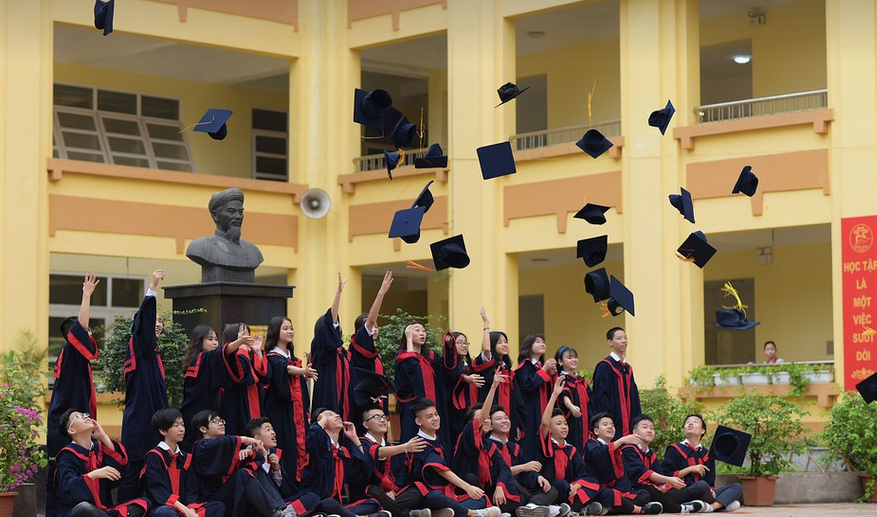
Cracking the Code: Different Styles, Same Goal
Imagine you’re at a global conference, surrounded by interesting people from all walks of life, each eager to make their voices heard. But language is often the biggest hurdle in connecting with your international audience.
This is where Simultaneous and Consecutive Interpretation come into play – two powerful tools that bridge language gaps and open doors to cross-cultural communication.
While both involve interpreting spoken languages, they differ significantly in their implementation. Let’s dive into the nuances of each method to see how they can empower your global communications efforts.
Simultaneous Interpretation: A Symphony of Voices
Simultaneous interpretation is all about speed and seamless transitions between speakers. This dynamic approach involves more than just relaying words; it’s about capturing the essence of what people are saying in real time.
Imagine a bustling international event with multiple presenters, each presenting on topics ranging from technology to culture. Simultaneous interpreters act like skilled conductors, seamlessly switching between speakers and languages as they deliver accurate and natural-sounding interpretations.
This method demands an impressive level of linguistic accuracy and fluency – the interpreter must understand not just the words but also the meaning behind everything being said. They need to be fluent in the source language and a capable second language speaker, capable of delivering clear and concise translations during rapid-fire presentations.
Simultaneous interpretation comes with its own set of technical requirements: specialized equipment, like audio processors and microphones, and skilled technicians who ensure smooth operation.
Consecutive Interpretation: A Patient Listener’s Craft
Consecutive interpretation is more nuanced and deliberate, often used in settings where lengthy speeches or smaller interactions are the norm.
In this format, a single interpreter will process and translate an entire segment of speech before moving on to the next. This method offers a level of detail that can sometimes be missing from simultaneous interpretation, allowing for a more thorough understanding of the context and nuanced meanings.
Consecutive interpreters are essentially “interpreters in training,” taking meticulous notes during the speaker’s speech and then translating them into the target language at their own pace. They might pause slightly to allow time for the speaker to express themselves fully before beginning the translation process.
The art of consecutive interpretation lies in understanding not just the words, but also the underlying meaning, tone, and flow of the speaker’s speech. This allows them to deliver accurate translations that capture the exact message conveyed by the speaker.
Consecutive interpreters often work as part of a team, with each interpreter focusing on specific segments of the speech or discussion, ensuring complete accuracy and coherence in their translation.
Choosing the Right Tool: A Matter of Context
The choice between simultaneous and consecutive interpretation depends heavily on the context of your event. For high-energy presentations where rapid exchange of information is crucial, simultaneous interpretation shines.
In contrast, when focused discussions, interviews, or smaller group interactions require a deeper understanding of the speaker’s message, consecutive interpretation proves to be more reliable and effective.
The Power of Language: Bridging Gaps
Beyond their technical merits, simultaneous and consecutive interpretation are invaluable tools that foster richer intercultural experiences. They break down language barriers and allow for greater understanding between audiences from different cultures.
Imagine a global business summit where representatives from various countries come together to discuss new market opportunities. Without simultaneous interpretation, communication would be limited to one-on-one conversations, hindering the full potential of the event.
Through these methods, participants can truly engage with their counterparts on an intellectual and emotional level, paving the way for valuable connections that could lead to successful collaborations.
The ability to truly understand what others are saying opens doors to new opportunities, fosters understanding between cultures, and ultimately helps bridge the gap between language and communication.
The Future of Interpretation: Embracing Innovation
In today’s rapidly evolving world, technology is constantly changing the landscape of interpretation. Voice recording, real-time transcription, and advanced translation software are just some of the tools that are shaping the future of this field.
New technologies like AI-powered systems are being developed to improve the accuracy and efficiency of simultaneous interpretations, and these advancements promise even faster and more accurate translations in the years to come.





